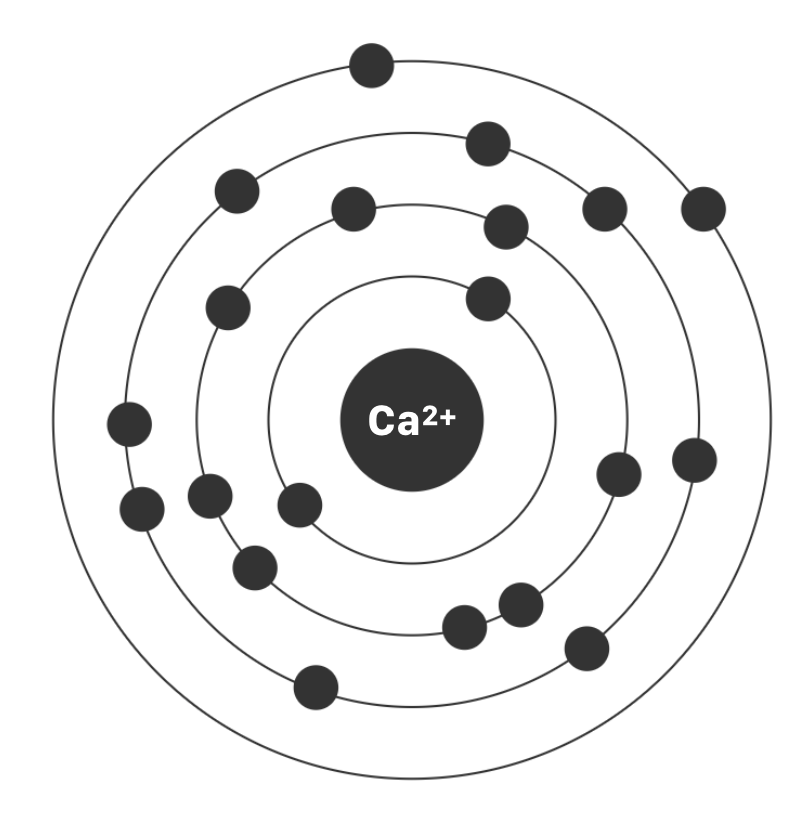Grand Rounds Recap 2.19.20
/This week featured an all-start lineup of resident lectures. Dr. Golden started us off with an amazing M&M, followed by Dr. Mullen enlightening us on eating disorders and the management in the ED. Dr. Iparraguirre taught us about the management of the severely burned patient. Dr. Laurence and Dr. Lagasse faced off in another interesting CPC. Finally Dr. Goff, hit it home with review of pneumonia severity scores and their clinical context.
Read More












